• Adenovirus Service • AAV Service • Lentivirus Service • Retrovirus Service



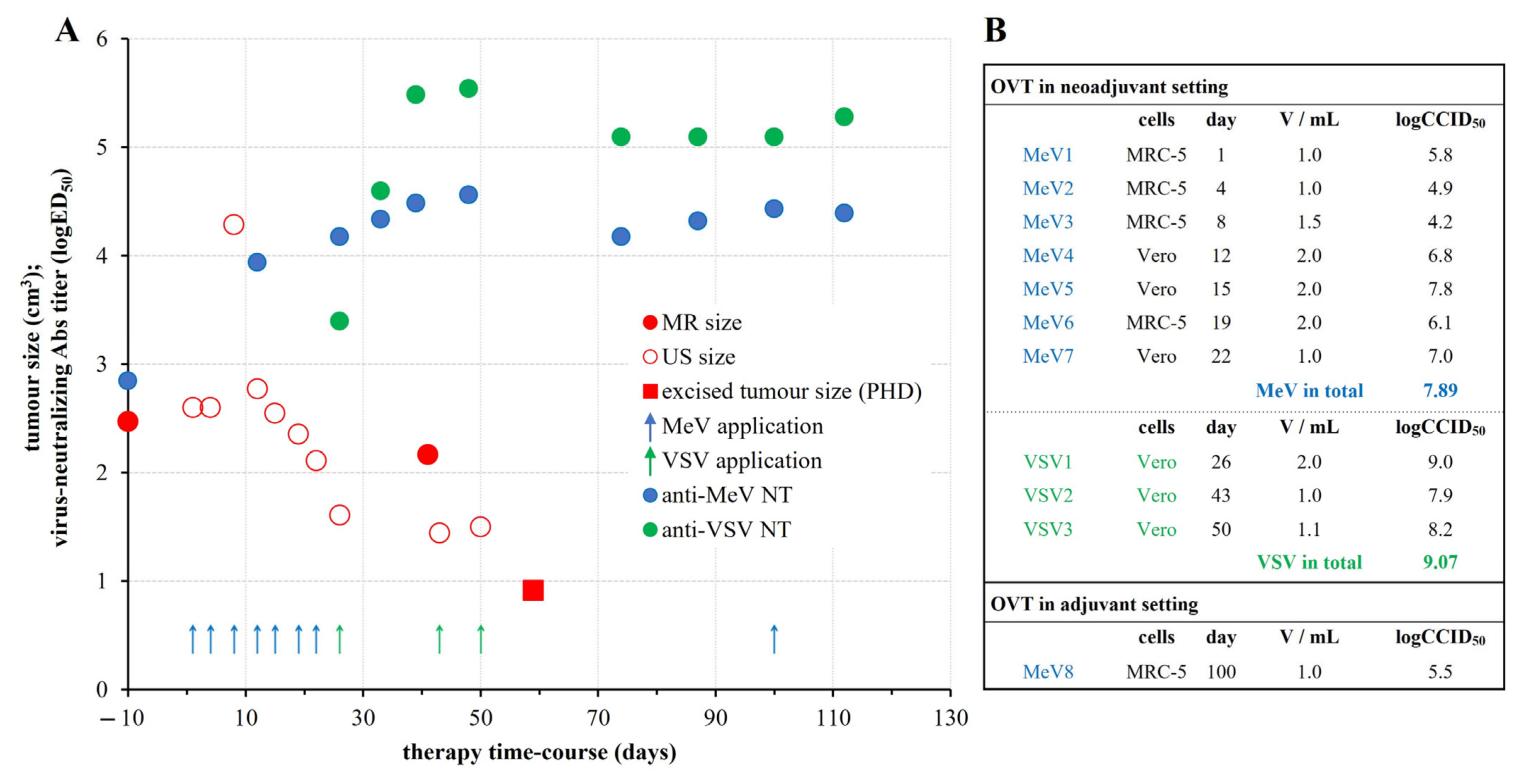
Recently, Nature reported on the headlines of its official website a special case of a virologist who used a virus she cultivated in the laboratory to treat her own cancer.
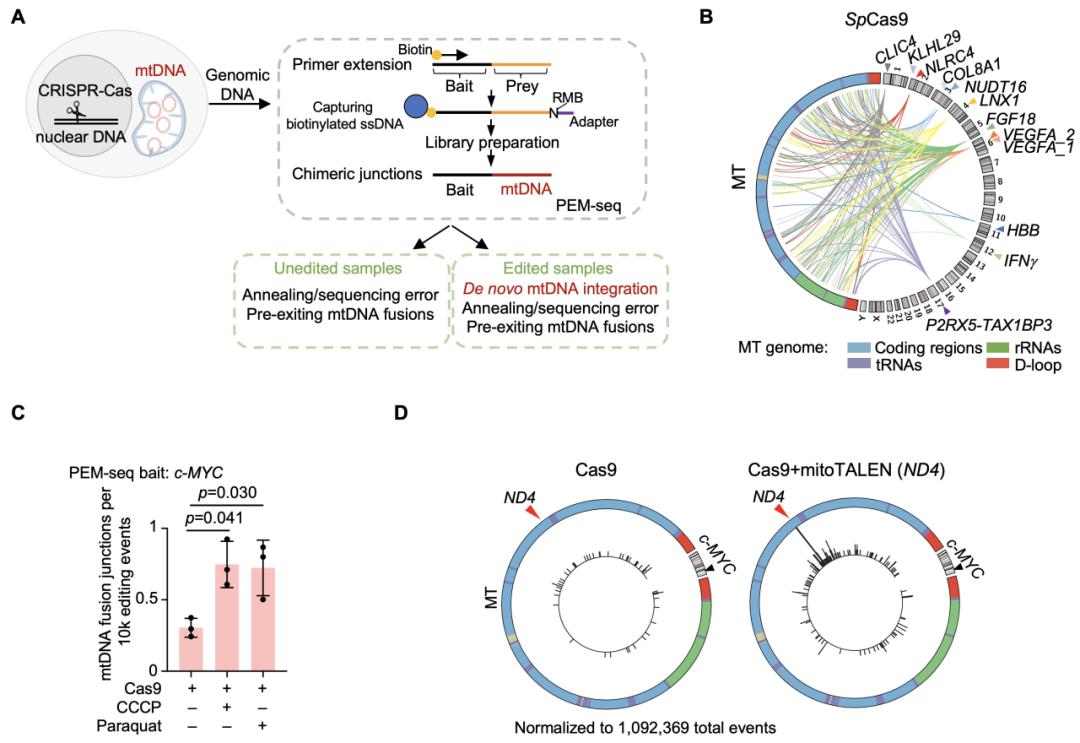
Recently, researchers from Peking University in China published a research paper titled "Transfer of mitochondrial DNA into the nuclear genome during induced DNA breaks" in the journal Nature Communications. Hu Jiazhi's team used PEM-seq, a high-throughput sequencing method they had previously developed for systematic analysis of gene editing products, and found that mitochondrial DNA fragments may be inserted into the targeted site during nuclear genome editing. At the same time, targeted editing of mitochondrial DNA can also cause mitochondrial DNA instability, leading to its insertion into the nuclear genome.
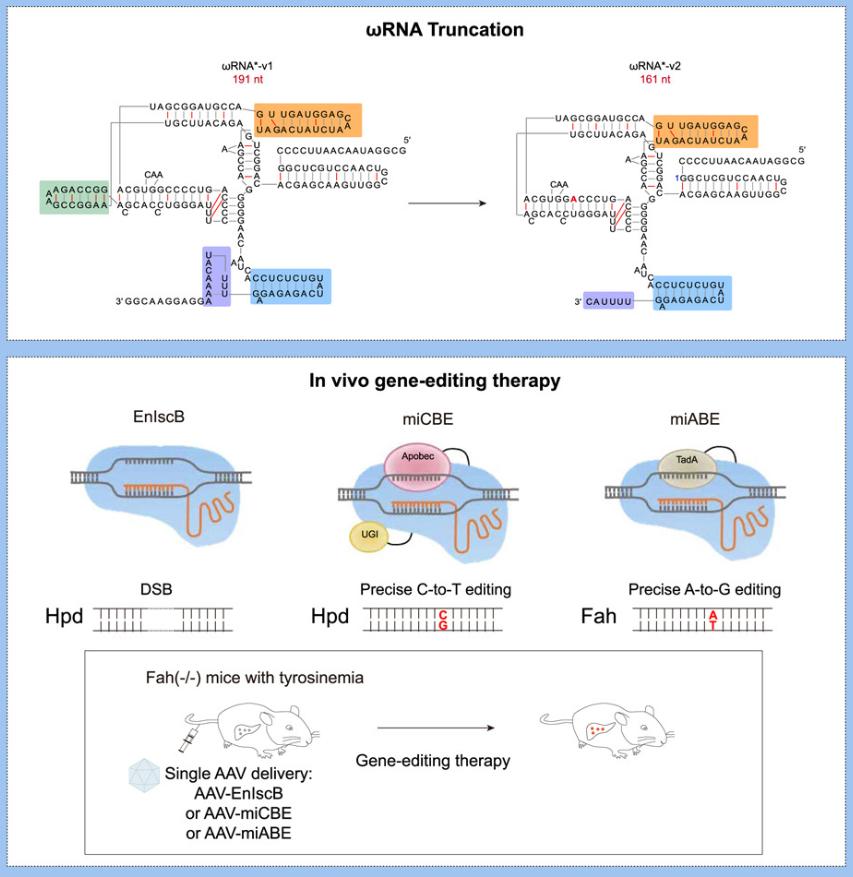
Recently, researchers published a research paper titled "Engineered IscB-ωRNA system with improved base editing efficiency for disease correction via single AAV delivery in mice" in the journal Cell Reports. The study successfully engineered the IscB-ωRNA system, a transposon-related CRISPR ancestral system. The gene knockout and base editing efficiency of IscB-ωRNA were improved, and the feasibility of the optimized IscB-ωRNA system for gene editing therapy was verified in a mouse metabolic disease model. The optimized micro-IscB-ωRNA system can be delivered via a single adeno-associated virus (AAV) vector, and has great application potential in gene editing therapy.
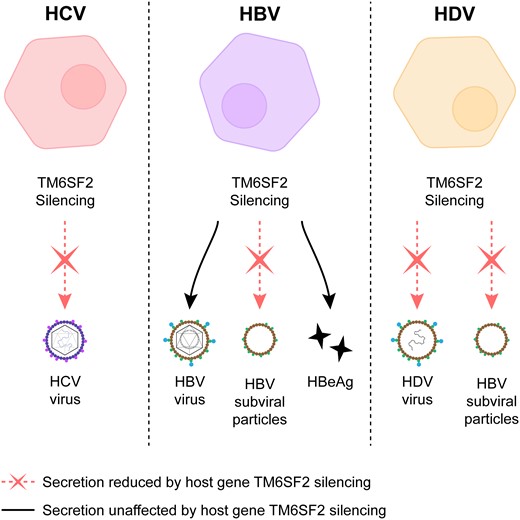
Chronic viral hepatitis is a long-term inflammation of the liver, usually caused by hepatitis B (HBV), C (HCV) or D (HDV) viruses. Although these viruses replicate differently, they all rely on the endoplasmic reticulum-Golgi pathway for replication. In this process, a gene called TM6SF2 plays a key role. It is estimated that 450,000 people in Australia suffer from chronic viral hepatitis, and about 1,000 people die each year.
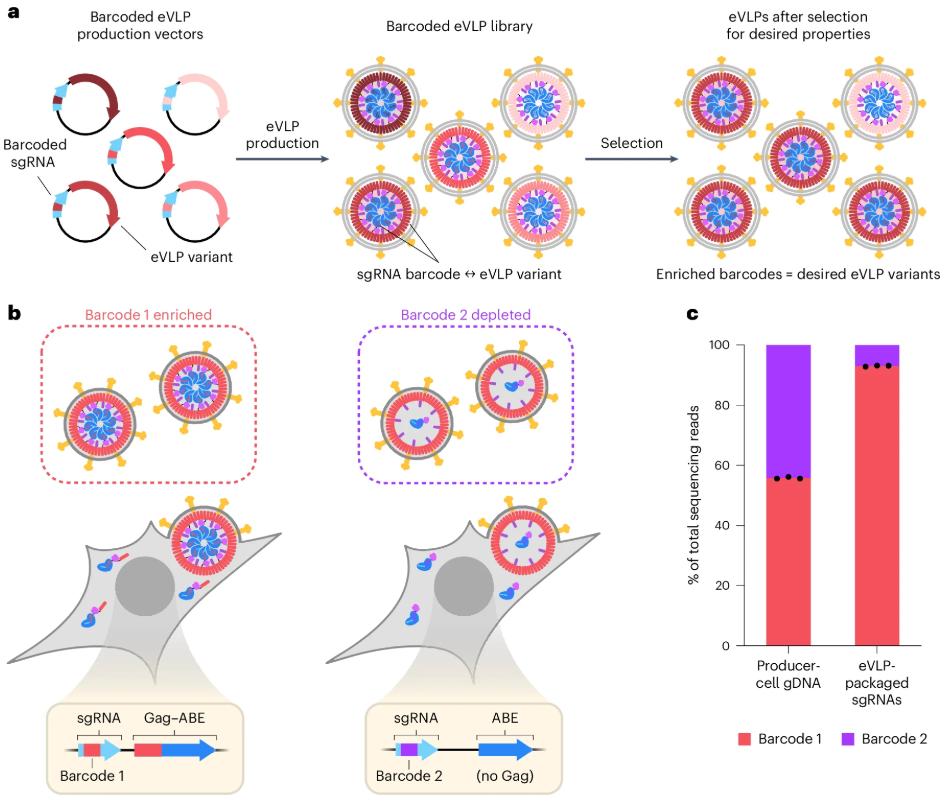
The Liu Ruqian team at the Broad Institute published a research paper titled "Directed evolution of engineered virus-like particles with improved production and transduction efficiencies" in the journal Nature Biotechnology. The study used directed evolution to develop the fifth generation of engineered virus-like particles (v5 eVLP), which has higher production efficiency and delivery efficiency.
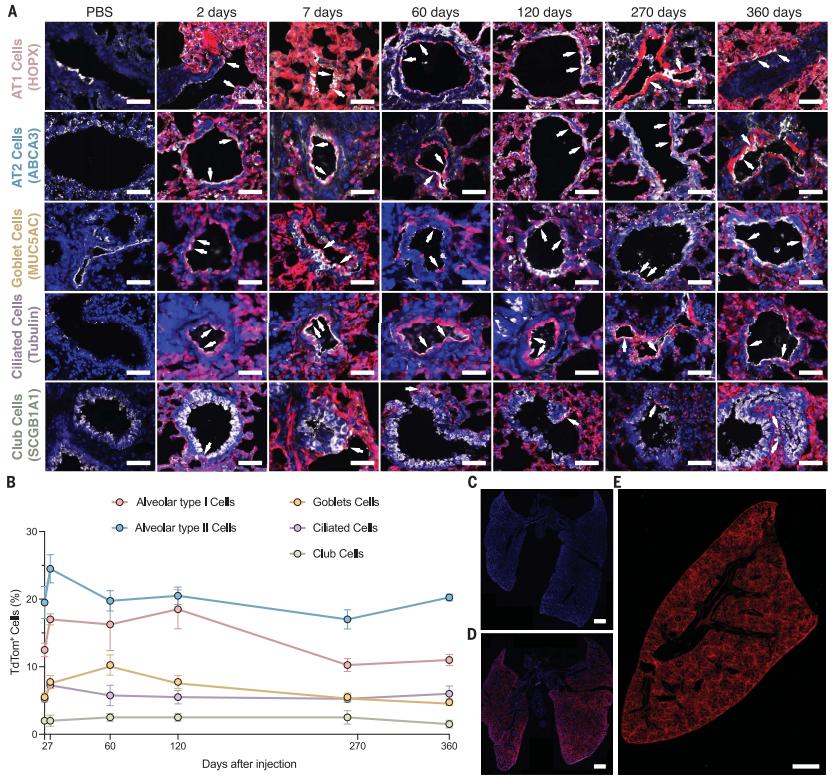
Imagine if there was a technology that could directly modify our DNA to cure or prevent genetic diseases that are currently untreatable. This is no longer a plot in science fiction, but a reality with gene editing therapy. By precisely editing the genome, we can correct or eliminate problematic genes and provide long-lasting treatments for genetic diseases.
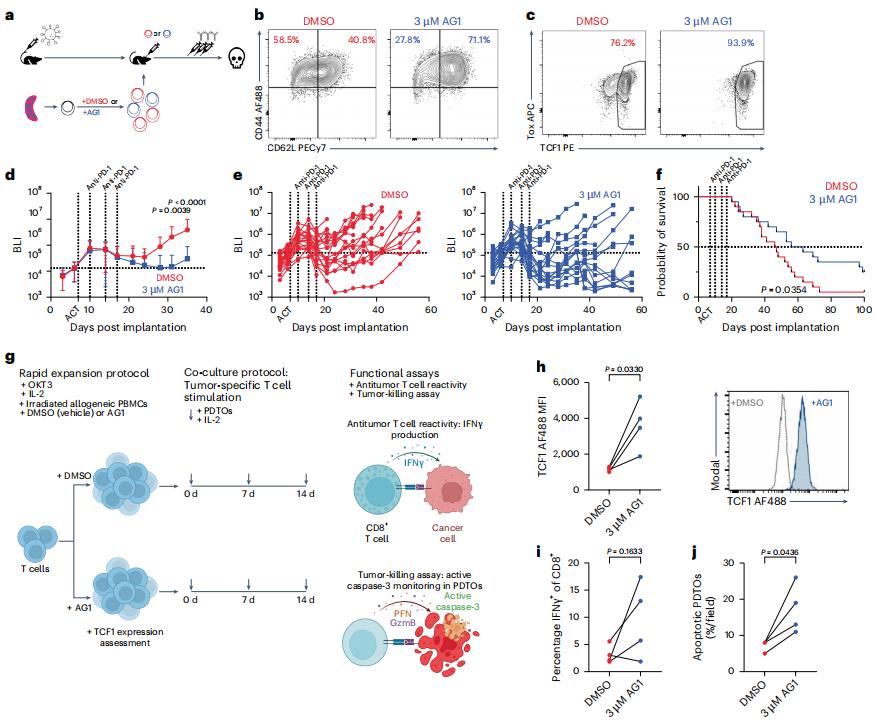
TCF1high progenitor CD8+ T cells can mediate the efficacy of immunotherapy, but researchers are currently unclear about the molecular mechanisms behind their generation and maintenance. Recently, in a research report published in the international journal Nature Immunology, entitled "Deficiency of metabolic regulator PKM2 activates the pentose phosphate pathway and generates TCF1+ progenitor CD8+ T cells to improve immunotherapy", scientists from Weill Cornell Medical College and other institutions found through a preclinical study that stimulating key metabolic pathways in T cells may enable them to more effectively resist and fight tumors when combined with immune checkpoint inhibitor therapy. This research finding may help researchers develop new potential strategies to enhance the potential of anti-cancer immunotherapy.
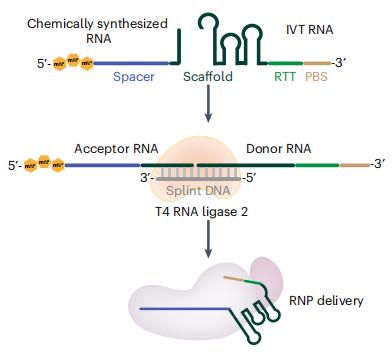
The team led by Yin Hao from Wuhan University in China published a research paper titled "Rapid generation of long, chemically modified pegRNAs for prime editing" in the journal Nature Biotechnology. The study used RNA ligation technology to successfully break through the length barrier of chemically synthesized RNA and efficiently prepared high-purity chemically modified pegRNA (125-145 nt) and engineered pegRNA (epegRNA) (170-190 nt). The L-epegRNA prepared by this method showed excellent editing efficiency in multiple cell lines and two primary cells.
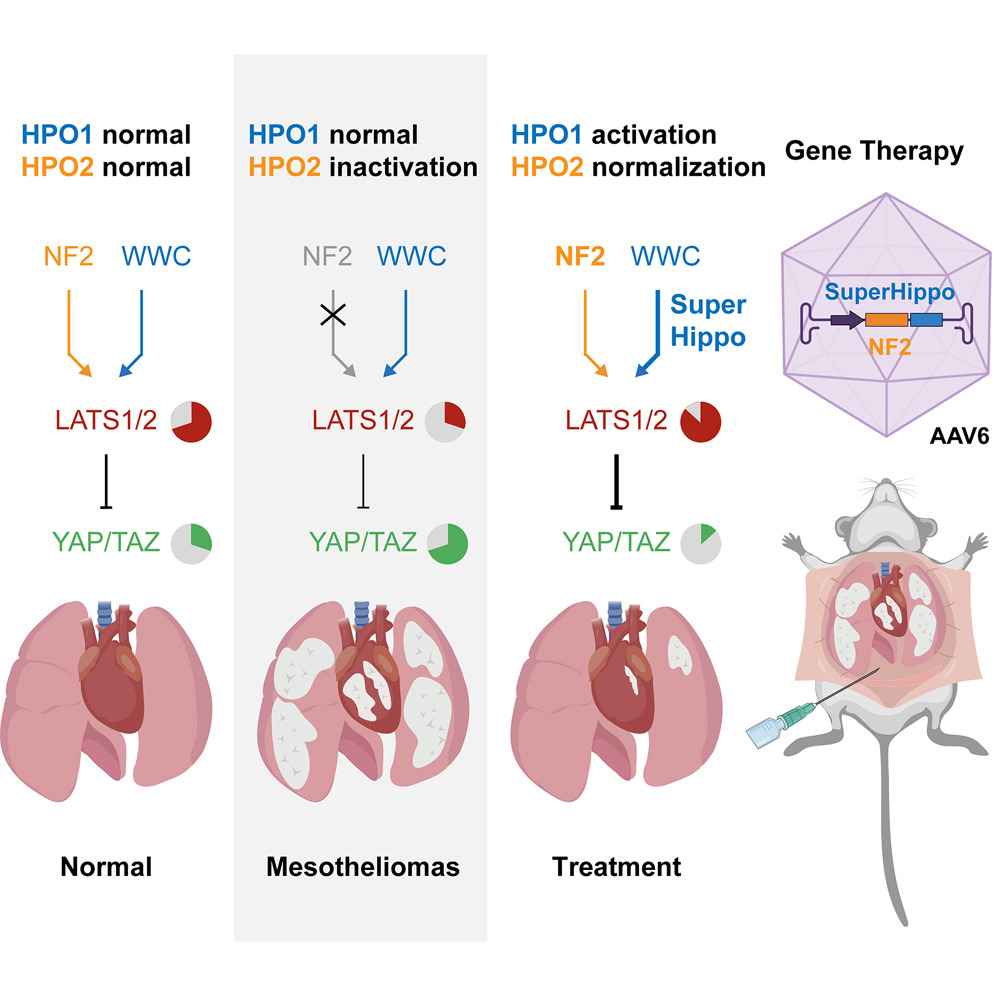
Pleural mesothelioma is a rare and highly malignant tumor that originates from mesothelial cells on the surface of the pleura and is often closely related to asbestos exposure. Although immunotherapy such as immune checkpoint inhibitors can improve the survival of patients to a certain extent, the overall efficacy is limited. The median overall survival of patients is only about 18 months, and the prognosis is not ideal. Therefore, it is urgent to further explore and develop new strategies for the treatment of pleural mesothelioma.
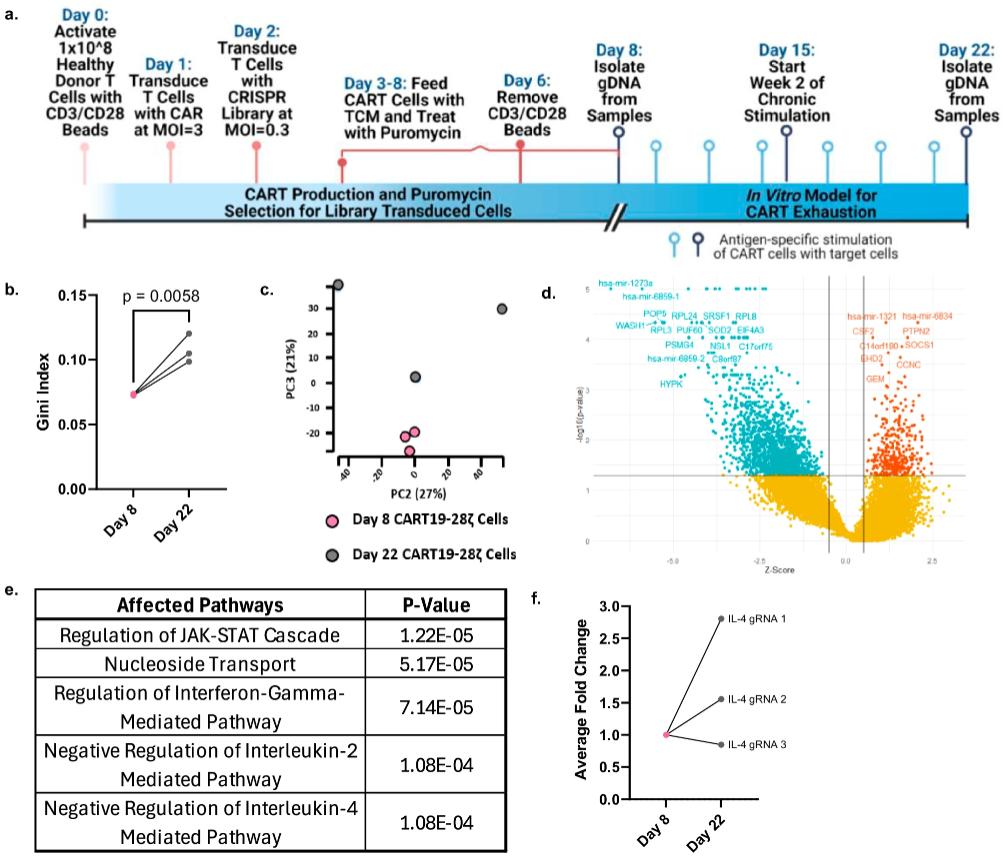
Chimeric antigen receptor T (CAR-T) cell therapy is a revolutionary immunotherapy, but its durable response is still limited, partly due to the exhaustion of CAR-T cells. Recently, in a research report titled "IL-4 drives exhaustion of CD8+ CART cells" published in the international journal Nature Communications, scientists from Mayo Clinic and other institutions revealed a new reason why CAR-T cell therapy fails in some patients, and proposed a new strategy combining antibodies and gene editing technology, which is expected to improve the effect of this breakthrough therapy.